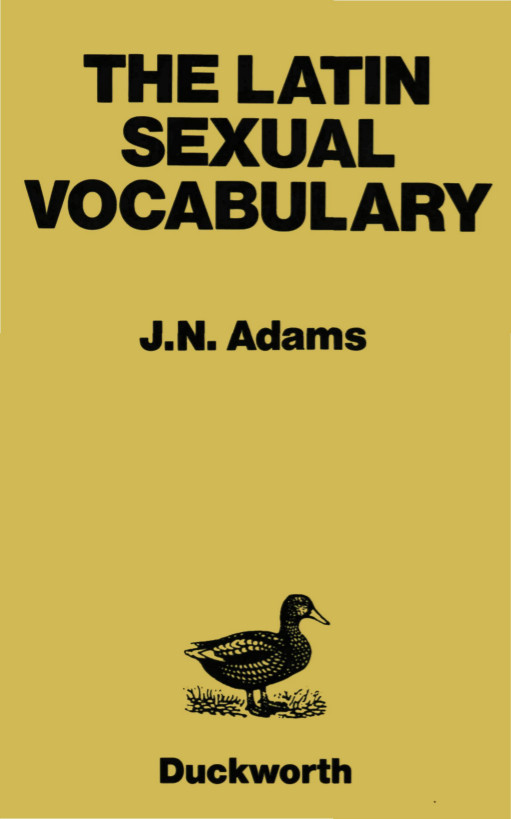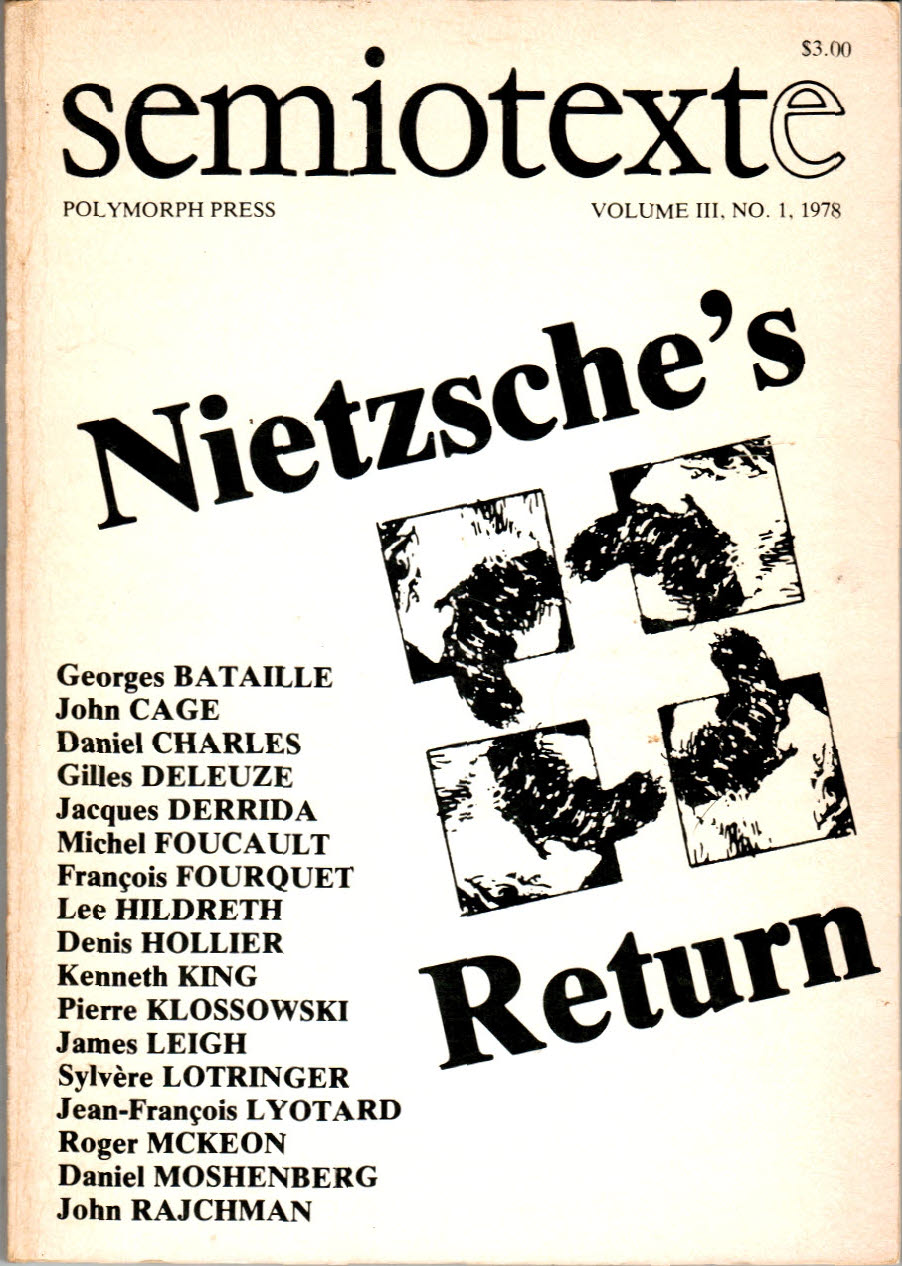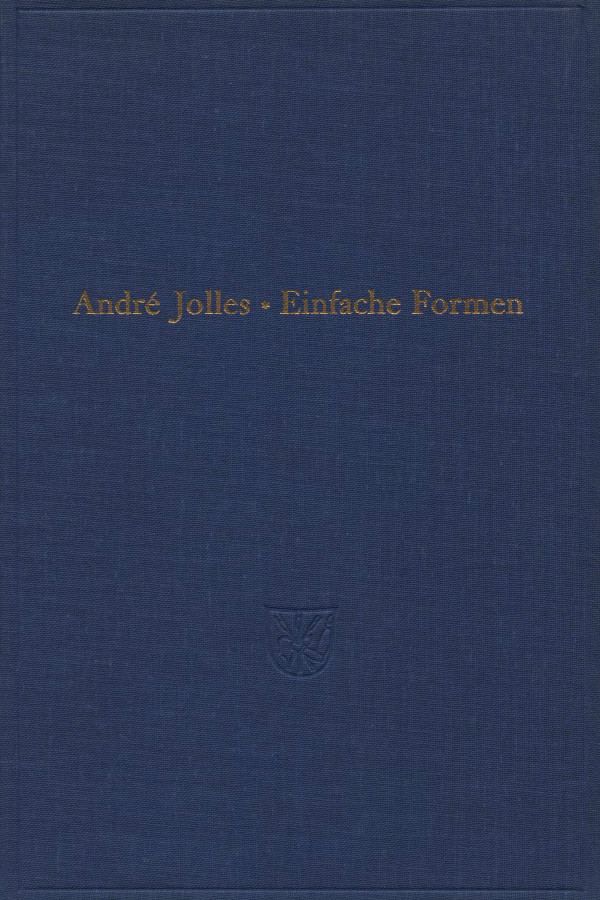J.N. Adams: The Latin Sexual Vocabulary (1982)
Filed under book | Tags: · body, history of literature, language, latin, linguistics, literature, philology, sex, sexuality

Like other languages, Latin had a group of words which speakers regarded as basic obscenities, as well as a rich stock of sexual euphemisms and metaphors. At the lower end of the social and stylistic scale evidence for Latin sexual terminology comes from numerous graffiti. On the other hand certain literary genres had a marked sexual content.
The Latin sexual vocabulary has never been systematically investigated, despite its linguistic and literary interest. This book collects for the first time the evidence provided by both non-literary and literary sources from the early Republic down to about the fourth century A.D.
Separate chapters are given to each of the sexual parts of the body, and to the terminology used to describe sexual acts. General topics treated include lexical differences between various literary genres, the influence of Greek on Latin, diachronic changes within the vocabulary, and the weakening of sexual words into general terms of abuse.
This is a fundamental book in every sense.
Publisher Duckworth, London, 1982
ISBN 071561648X
272 pages
via Gabriela García Palapa
Review (Peter Parsons, London Review of Books, 1983)
Review (D.R. Shackleton Bailey, Classical Philology, 1985)
PDF (72 MB)
Comment (0)Semiotext(e), 3(1): Nietzsche’s Return (1978)
Filed under journal | Tags: · linguistics, literature, philosophy, psychoanalysis, semiotics

With contributions by Georges Bataille, John Cage, Daniel Charles, Gilles Deleuze, Jacques Derrida, Michel Foucault, François Fourquet, Lee Hildreth, Denis Hollier, Kenneth King, Pierre Klossowski, James Leigh, Sylvère Lotringer, Jean-François Lyotard, Roger McKeon, Daniel Moshenberg and John Rajchman.
Edited by Sylvère Lotringer
Publisher Semiotext(e), New York, 1978
ISSN 00939579
157 pages
via esco_bar
See also Semiotext(e), 3(2): Schizo-Culture (1978)
Comments (3)André Jolles: Einfache Formen: Legende, Sage, Mythe, Ratsel, Spruch, Kasus, Memorabile, Marchen, Witz (1930–) [DE, ES]
Filed under book | Tags: · language, linguistics, literary theory, literature, narrative

Das grundlegende Konzept des Buches ist auch 50 Jahre nach Erscheinen der ersten Auflage immer noch gultig: Die Herausarbeitung der bestimmenden Konturen erzahlerischer Grundformen, die vom Autor als morphologische “Urformen” – im goetheschen Sinn – verstanden werden. In ihrer meist anonymen Erscheinungsweise nehmen sie eine Zwischenstellung zwischen “volkstumlicher” und “literarischer” Dichtung ein, was sich auch in ihrer Erforschung durch die volkskundliche und die literaturwissenschaftliche Disziplin ausdruckt.
First published in 1930
Publisher Max Niemeyer, Tübingen, 1968
272 pages
Fredric Jameson on Jolles in Brecht and Method
Wikipedia (DE)
Einfache Formen (German, 4th Edition, 1930/1968, via dbnl.org)
Einfache Formen (German, 1930/1969, no OCR)
Las formas simples (Spanish, trans. Rosemarie Kempf Titze, 1972, via Perseguidor)

